Creative Neighbourhoods
In 2019 Hodyl & Co worked with Creative Victoria to understand the affordability challenges facing the creative sector across Victoria. The Creative Neighbourhoods Report analysed neighbourhoods with significant clustering of creative spaces to identify place-based interventions to support the affordability of creative spaces at a local level and enable creative neighbourhoods to flourish in the long term.
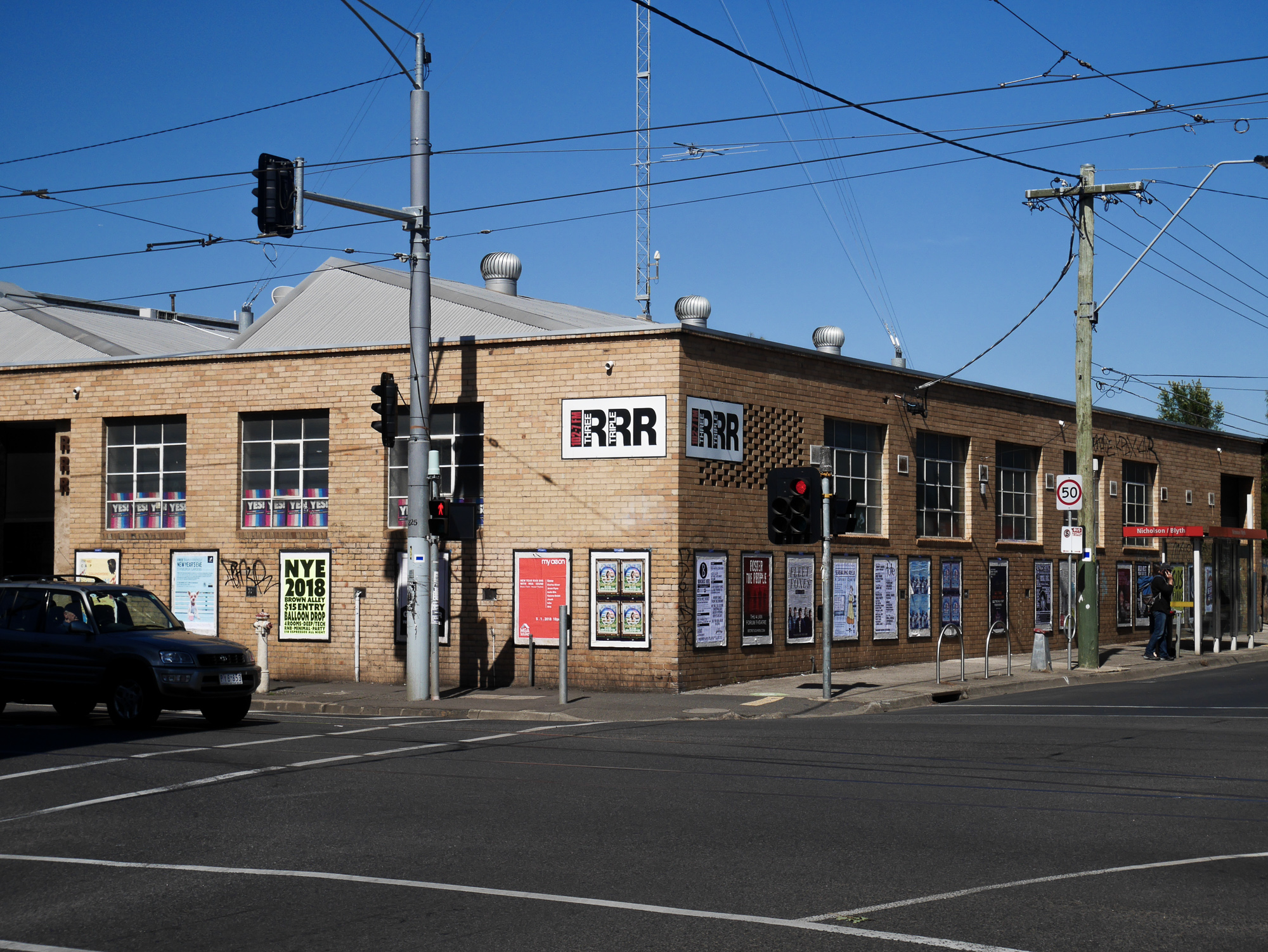
This work incorporated quantitative and qualitative research techniques including spatial mapping of over 13,000 creative spaces across Victoria, interviews and surveys with creative practitioners, and international research to identify best-practice tools and mechanisms to support the ongoing affordability of creative spaces and ensure the future viability of creative neighbourhoods.
The Creative Neighbourhoods Report:
• Identified 23 creative neighbourhoods across urban and regional Victoria;
• Reported on the state of affordability for creative practitioners and creative spaces within these neighbourhoods;
• Examined industry-specific affordability challenges across the creative sector; and
• Identifies tools and mechanisms to enhance, protect and grow creative neighbourhoods.
Since 2019, the Creative Neighbourhoods Report has become the guiding document for local governments to inform their creative policy work and informed Creative Victoria’s long-term strategical planning to support small to medium creative organisations.
Creative Profiles
As a continuation of this work, in 2020 Hodyl & Co were engaged to develop a streamlined process for measuring demand for creative infrastructure across Victoria, in response to Recommendation 17 of the Creative Neighbourhoods Report:
to establish the extent and type of demand for creative spaces building on the findings from the Creative Practitioners survey and the creative spaces identified in this research.
—,
A three-phase method was developed to understand place, council and creative anchors; informed by analysis of local and international best-practice examples of cultural infrastructure planning. The method was design to assist local governments and creative organisations to understand the extent and type of demand for creative spaces in their municipality and identify the place-specific aspirations, strengths, opportunities and challenges facing the creative sector.
This process is currently being piloted with a selection of local governments before formal adoption and implementation across Victoria, with the aim of developing a publicly accessible toolkit to assist in the development of creative policy and planning across all levels of government in Victoria.
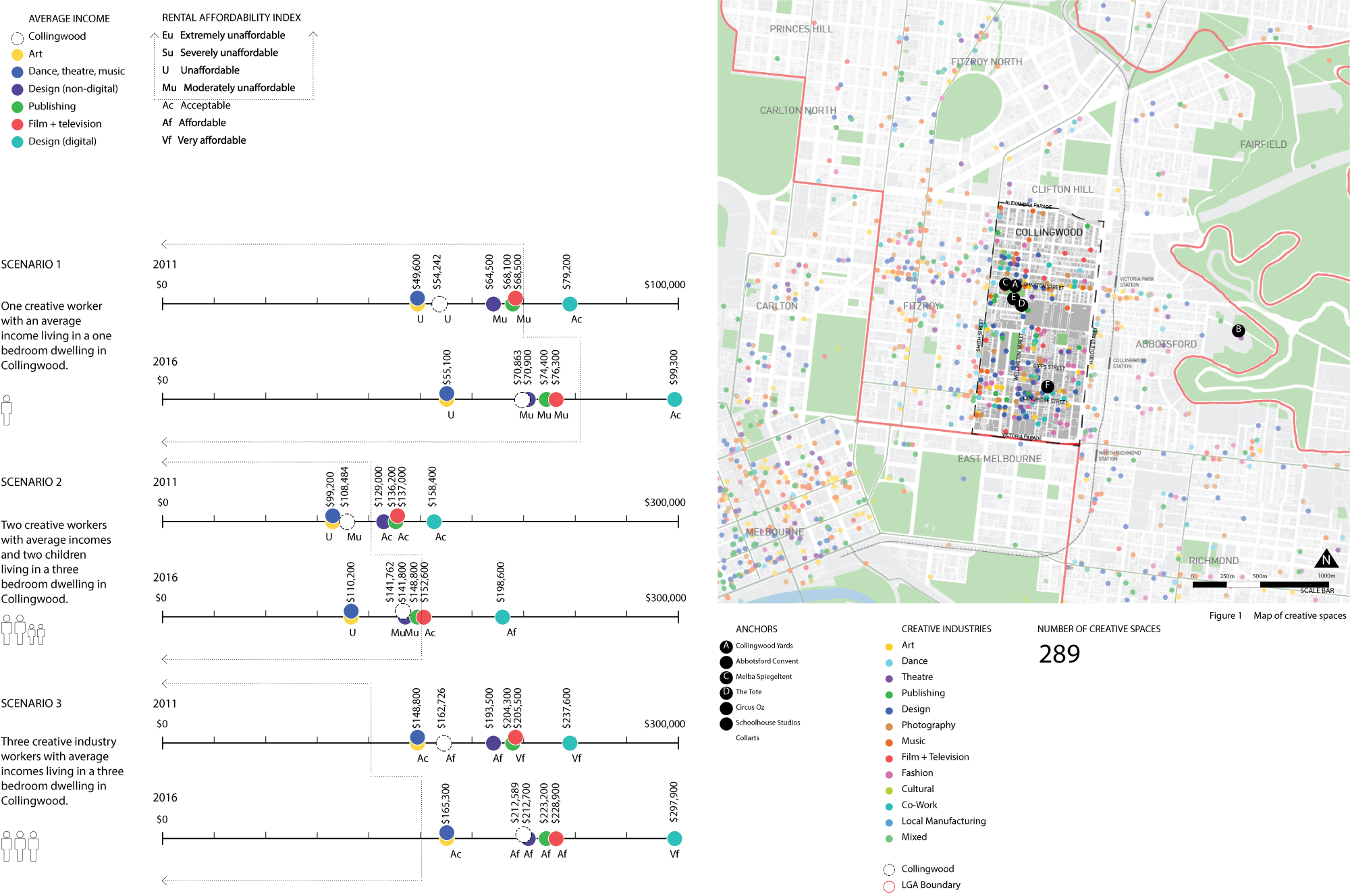
Related Projects
Moreland Arts Infrastructure Plan
Younghusband Woolstore Community Engagement
The Young Husband woolstore is a cherished heritage building located in Kensington in Melbourne's inner-north. It accommodates a wide range of creative businesses including photographers, dance studios, artists studios, web designers, recording studios and furniture manufacturers.
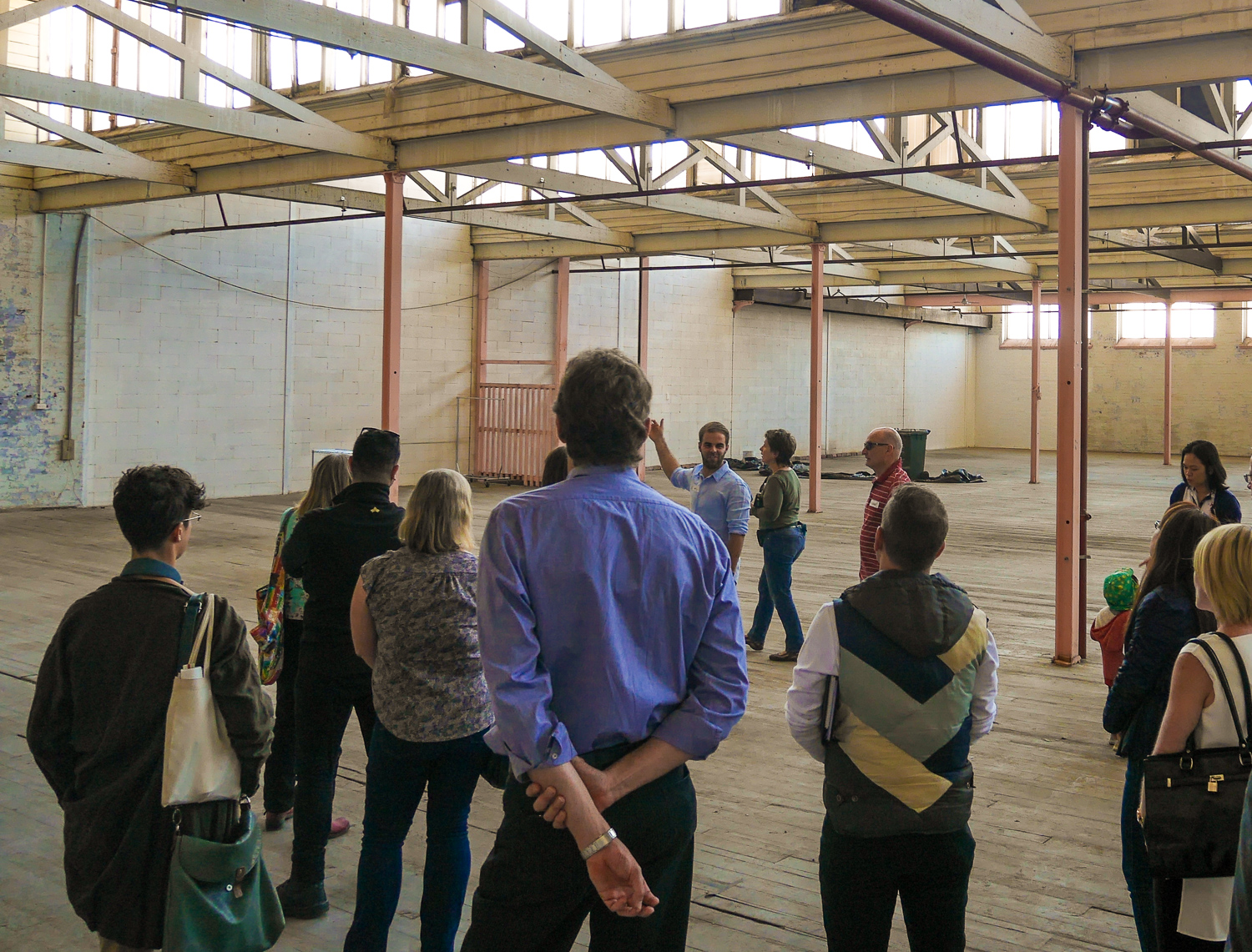
In 2011, the previous owners proposed to demolish much of the building and construct residential towers. This was met with outrage from the community and almost 400 objections to the plans. The development proposal was subsequently rejected based on the need to protect neighbouring industrial business rather than community concern.
In 2016, the Impact Investment Group (IIG) purchased the site and commenced a master plan and planning permit for Stage 1 of the rejuvenation of the woolstore. Their proposal included retention and upgrades of the heritage buildings and adaptive re-use of the interior spaces for an expanded mix of creative industries and other commercial tenants. IIG are focused on delivering positive social impact and prioritised community consolation in their planning processes.
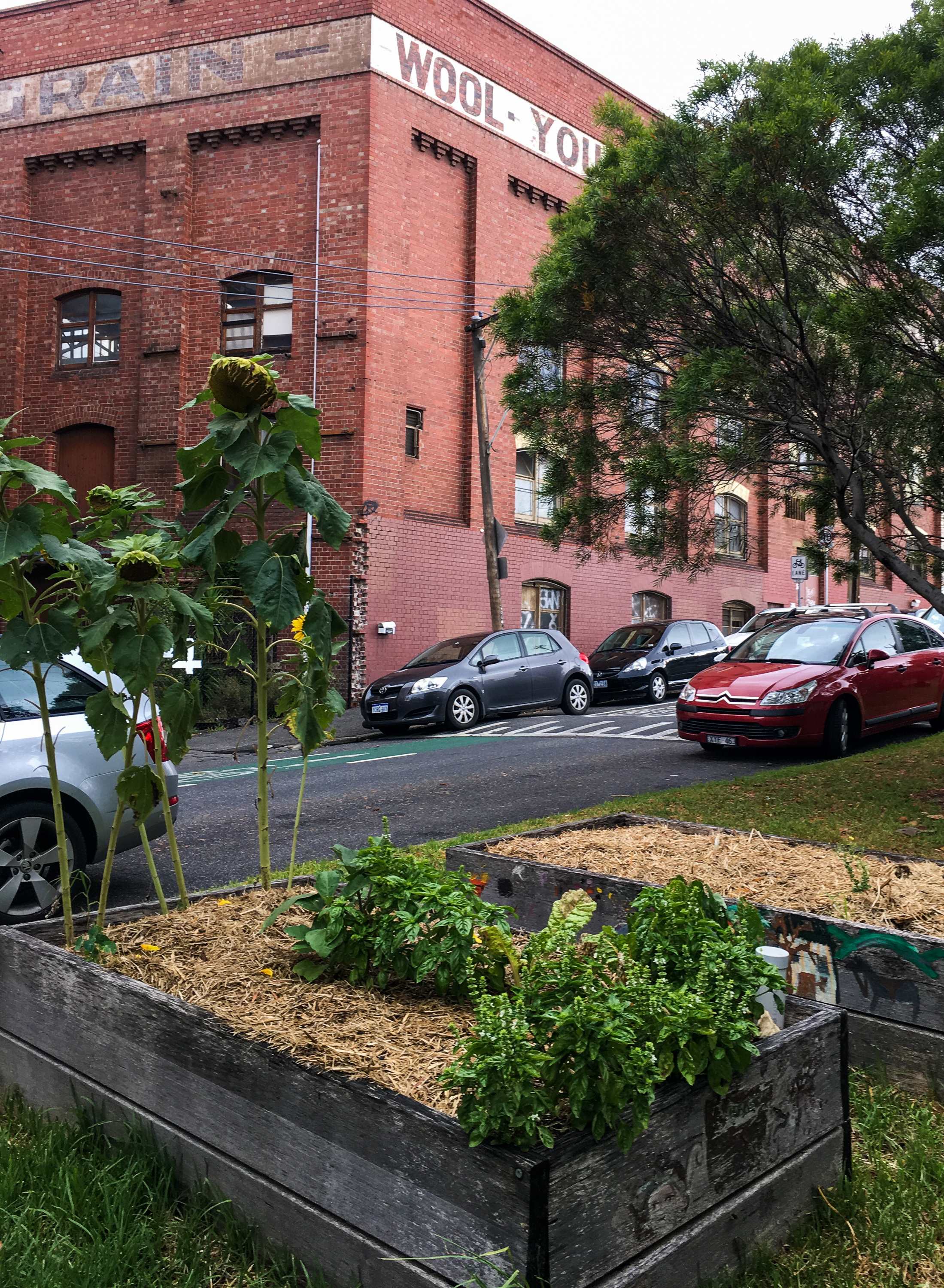
Hodyl & Co became involved in the Younghusband development at a point where community confidence had been undermined by the traditional planning process which only required developers to engage with the community at the time of lodging a planning permit. This project presented an opportunity to re-assert the community into the beginning of the planning process which ultimately assisted IIG to deliver their vision for the regeneration of the site.
Hodyl & Co, collaborating with Renton & Co, established a ‘fit for purpose’ community engagement plan, aimed at regaining trust and establishing long-term relationships with local affected residents, businesses and tenants. The community were invited to guided walking tours, listening sessions and design workshops all focused on sharing the community's stories of the 100 year old woolstore and their aspirations for the community. This informed the master plan for the site.
This approach resulted in community proposals that were incorporated into the master plan, including community gardens, potential road closures and an emphasis on local businesses procurement. In broader terms, the process led to increased community trust in planning processes and a more connected community.
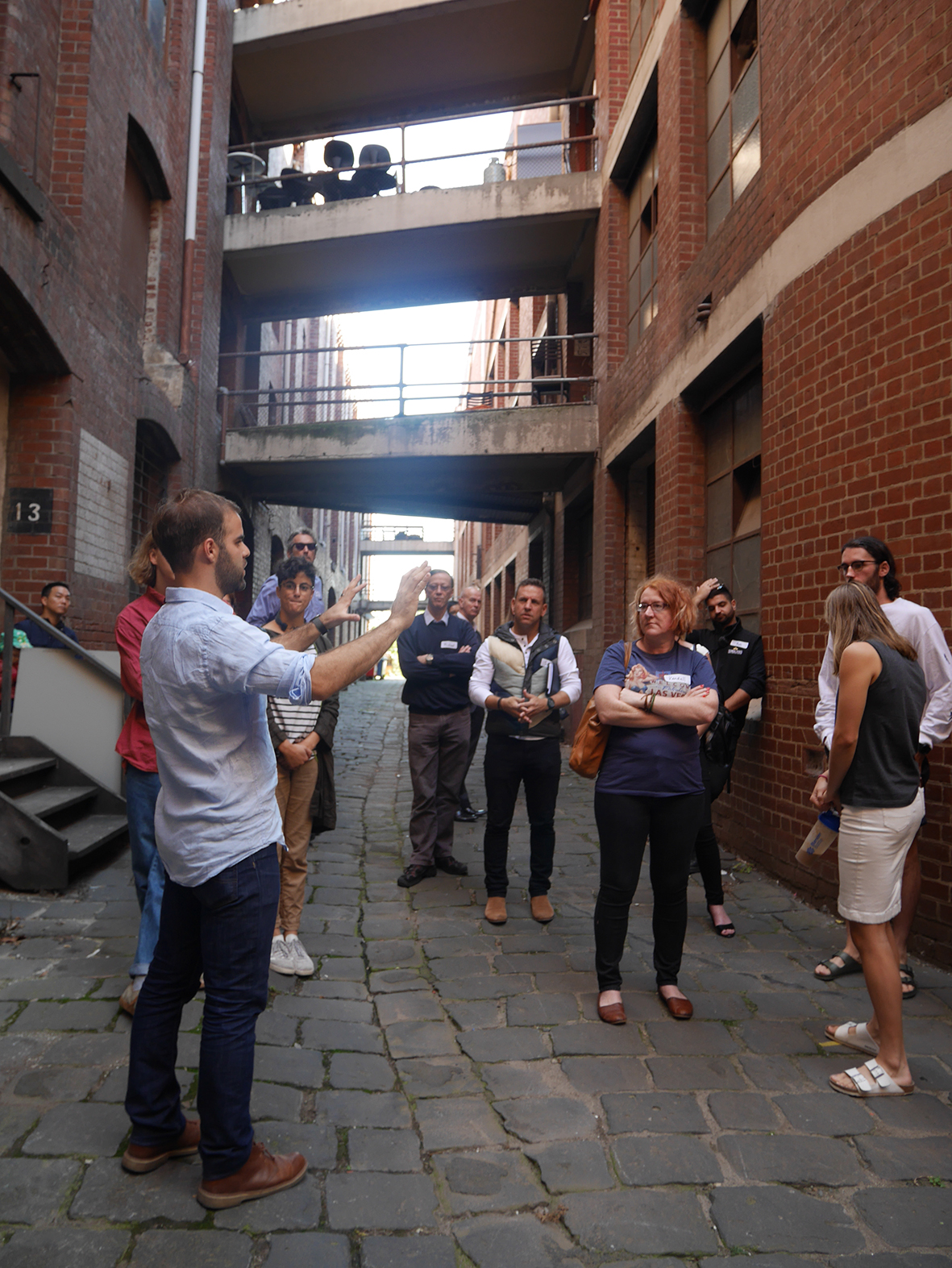
It is unusual for all parties (developer, community and Council) to be unanimous and satisfied with the outcome of a planning permit process. The community overwhelmingly endorsed the new approach with no objections lodged to the planning permit. The success of the public engagement process was recognised by Councillors considering the planning permit for Stage 1 of the master plan. The engagement process also significantly reduced planning costs for our client and ensured the planning permit was secured in a timely way.
‘This is one of, if not, the finest planning applications I have had to consider since I was elected…the consultation on all of those stages was remarkable but the way that conversations were held with all stakeholders, not just residents, is truly wonderful to see. I certainly hope we see a lot more of it in other areas in the the future.’
—Rohan Leppert, City of Melbourne Councillor
The Younghusband Public Engagement and Community Planning process transformed community outrage into support, through a best-practice consultative model than can be adapted and replicated in other development contexts.